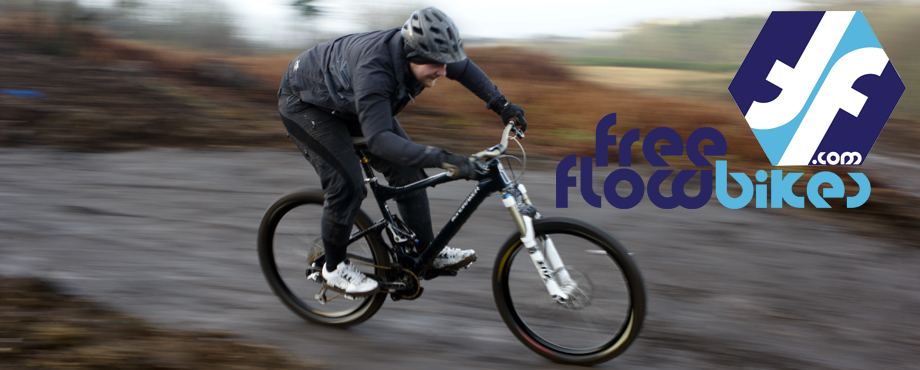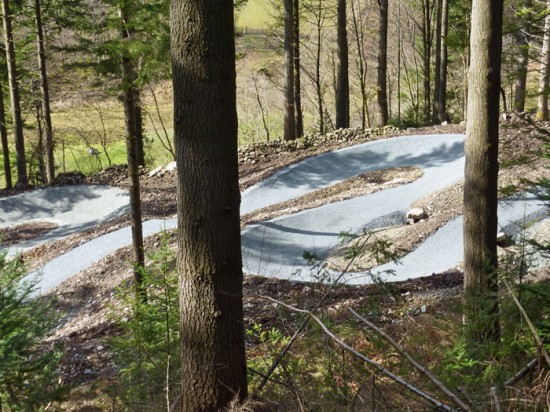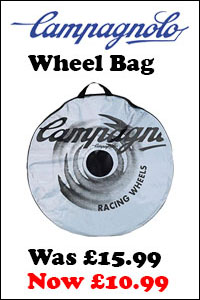New Years Revolutions
It’s that time of year again when the last turkey sandwich is becoming a distant memory, memories (however vague) of the party season past are easing the transition from holiday to work. Spring not yet sprung is only a month or two or three away. The constant cycle of recharging or replacing the batteries of bike lights is soon to become a redundant ritual. With longer and hopefully drier and sunnier days ahead, it’s not too hard to imagine getting out on the bike again, maybe even after work without dressing up like a Christmas tree or running the risk of hypothermia. So the question begs where to go and what to ride?
Trail centres are becoming increasingly popular and there seems to be ever more of them about which can only be a good thing for mountain biking. Centres provide all weather riding opportunities offering good traction, even in the worst conditions often with facilities for cake and coffee afterwards. Designed with good drainage in mind, a critical part of trail design and building, a well drained trail minimises erosion both from the movement of surface water and by cyclists avoiding puddles which can lead to trail widening. Lines of sight are usually pretty good and kept as open as possible which again helps to reduce erosion through braking on blind corners as well as increasing rider safety. Conceived, planned, built and maintained. Trail centres have helped to open mountain biking to the masses, building trails to a high standard to suit all levels of rider.
On the other hand, trails as nature intended are a different kettle of fish altogether. With no design or thought given to visibility, safety or erosion, no interference by man or machine and no manicured riding surface, they offer up a different set of challenges altogether. Poorly drained and very susceptible to erosion from overuse, these natural trails are where mountain bikes came from. Often more dangerous and some would argue require more skill to ride, these are often where the purist mountain biker will be found.
The third option, trails built by man but made to look like the work of nature, subtly sculpted from locally sourced, natural materials, often more sustainable than purely natural trails whilst not being obviously man made. No lorry loads of British Standard type 1 aggregate, just utilising materials that nature has provided as close to the trail as possible, minimising the impact of the trail on its surroundings. Often faster and more flowing trails than wholly natural trails, single track type trails are often favoured by many seeking to avoid trail centres but still wish to ride fast, technical trails.
There are trails to suit every rider’s tastes and abilities all over Scotland and the rest of the UK, so there is no reason why 2012 can’t be full of New Years Revolutions. Make sure you take a second and log onto our forum and tell us what trails you like to ride and feel free to post a picture of yourself in action!
Andy




